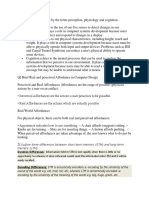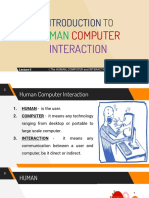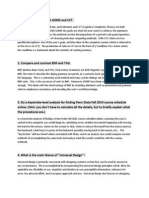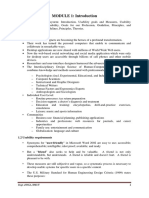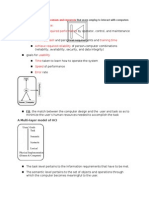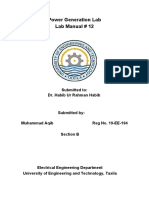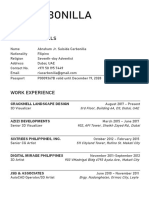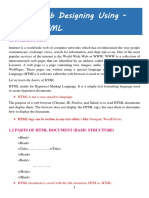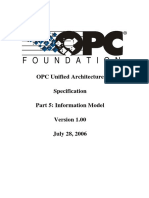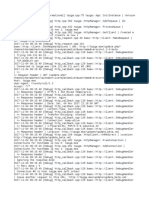0% found this document useful (0 votes)
6 views9 pagesHuman Computer Interaction Unit-5
The document discusses cognitive models in human-computer interaction, emphasizing their role in understanding user behavior, goals, and task hierarchies. It also covers the Interacting Cognitive Subsystems model, applications of Augmented Reality, and various task modeling techniques like hierarchical models, linguistic models, and the Keystroke-Level Model. Additionally, it outlines the advantages and limitations of these models and compares the Keystroke-Level Model with GOMS.
Uploaded by
zebatasneem2418Copyright
© © All Rights Reserved
We take content rights seriously. If you suspect this is your content, claim it here.
Available Formats
Download as PDF, TXT or read online on Scribd
0% found this document useful (0 votes)
6 views9 pagesHuman Computer Interaction Unit-5
The document discusses cognitive models in human-computer interaction, emphasizing their role in understanding user behavior, goals, and task hierarchies. It also covers the Interacting Cognitive Subsystems model, applications of Augmented Reality, and various task modeling techniques like hierarchical models, linguistic models, and the Keystroke-Level Model. Additionally, it outlines the advantages and limitations of these models and compares the Keystroke-Level Model with GOMS.
Uploaded by
zebatasneem2418Copyright
© © All Rights Reserved
We take content rights seriously. If you suspect this is your content, claim it here.
Available Formats
Download as PDF, TXT or read online on Scribd
/ 9















